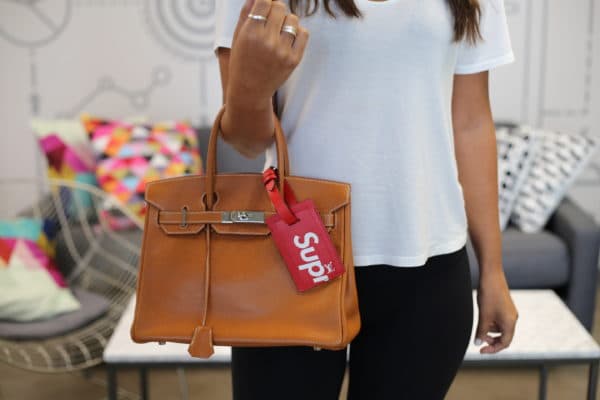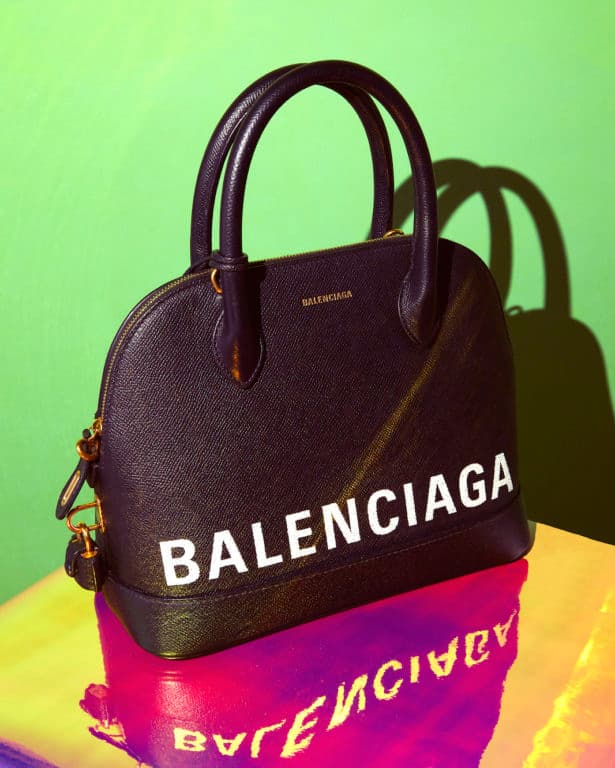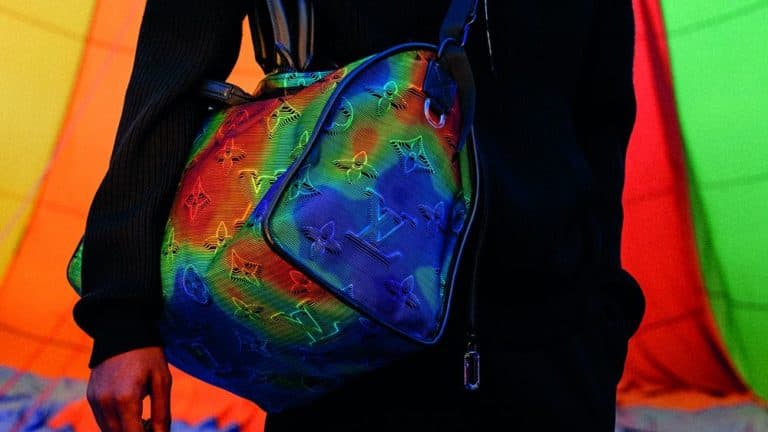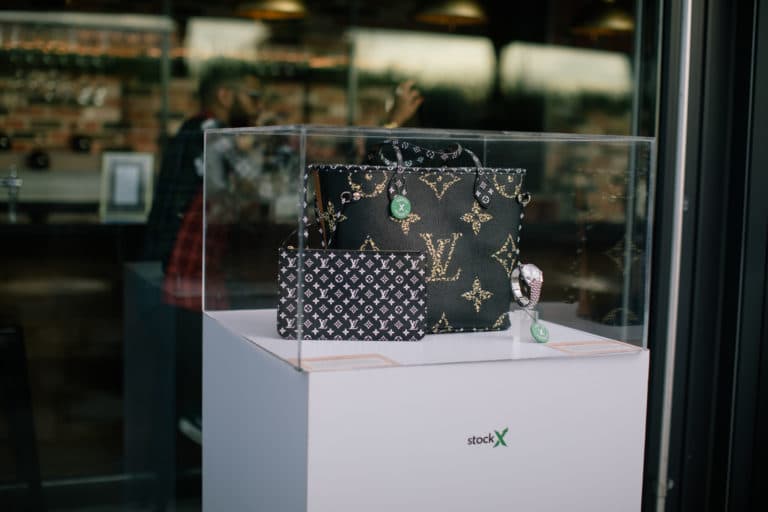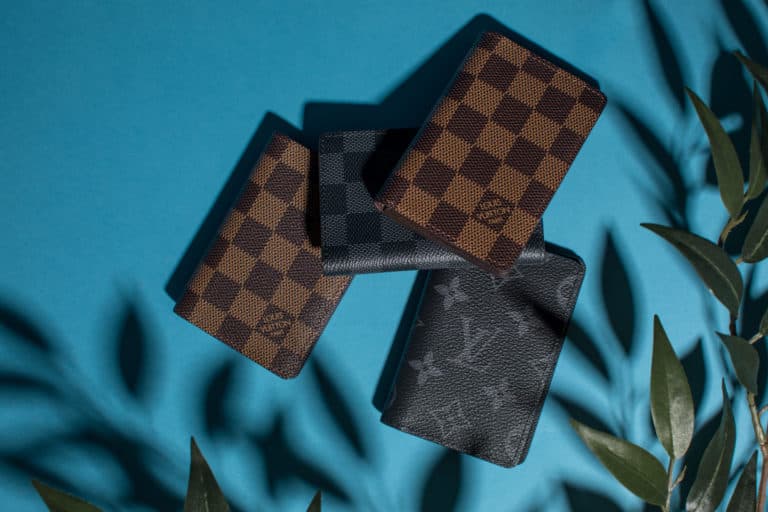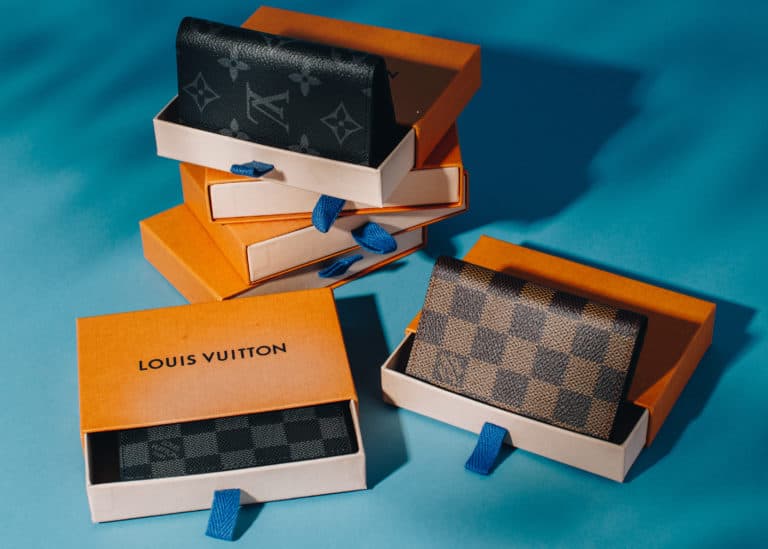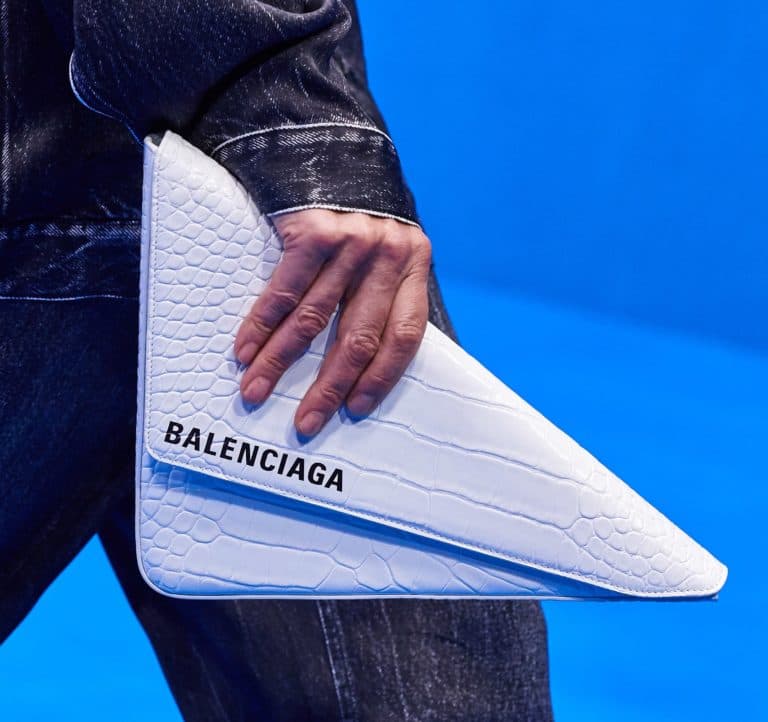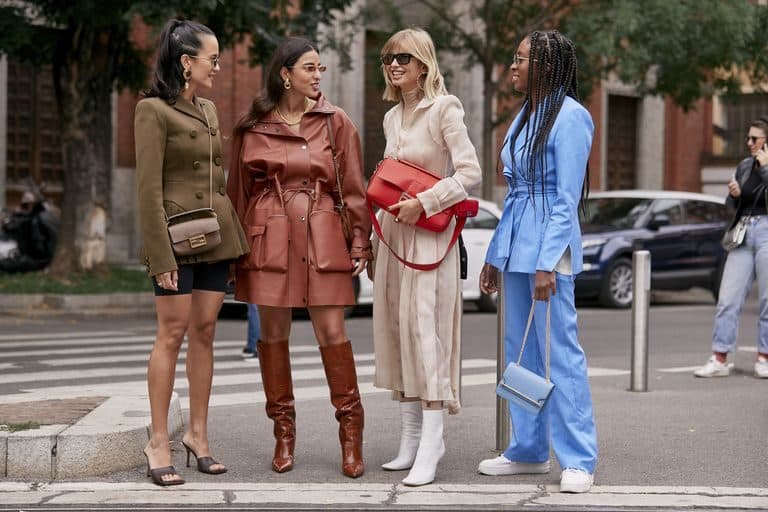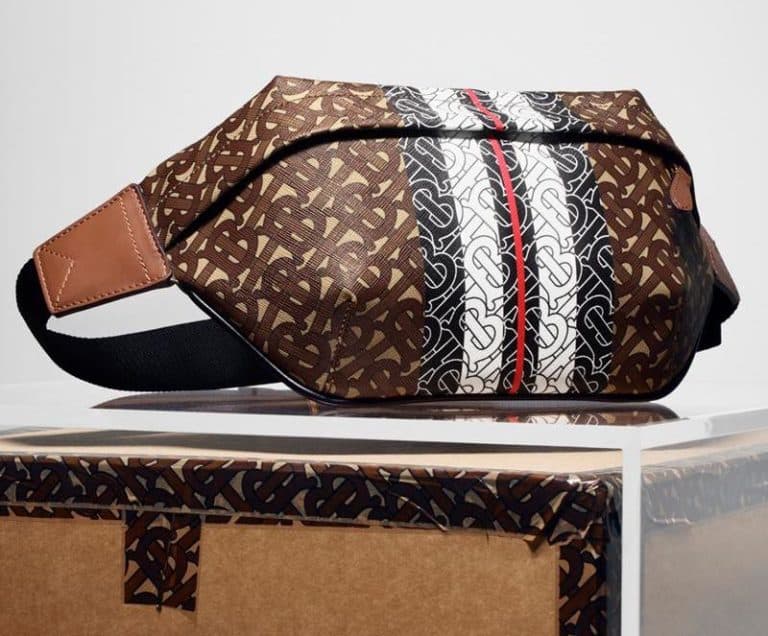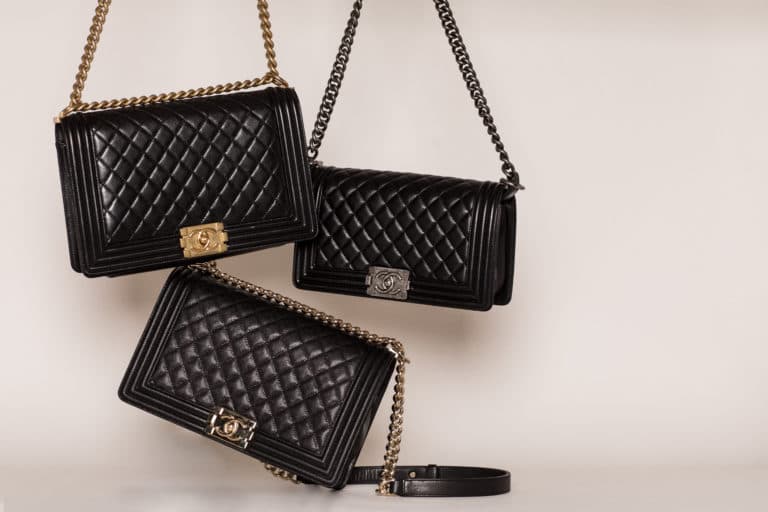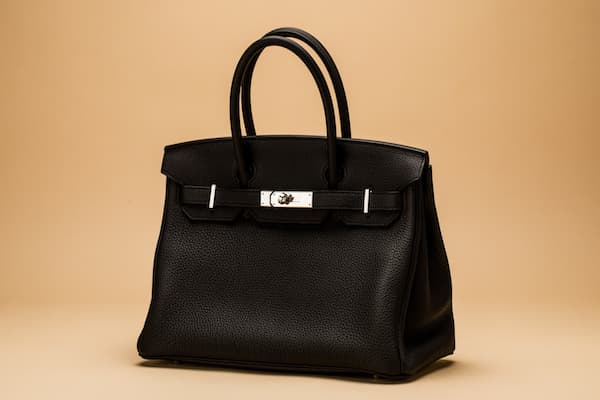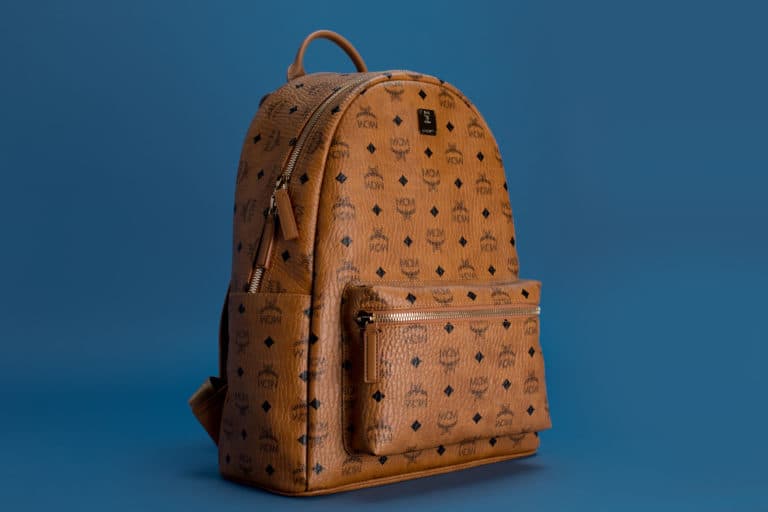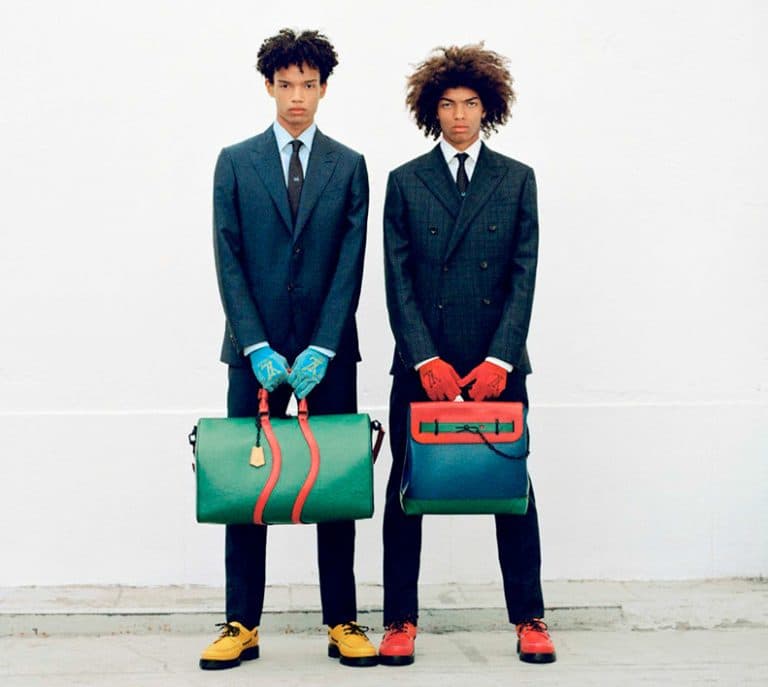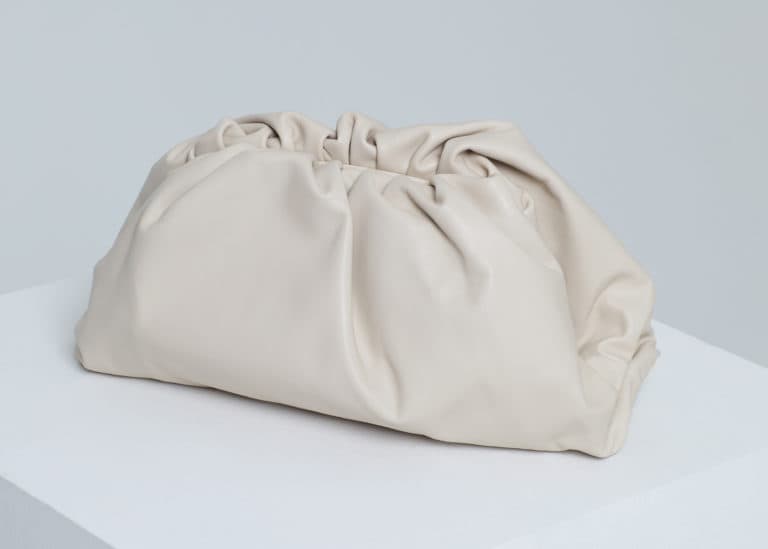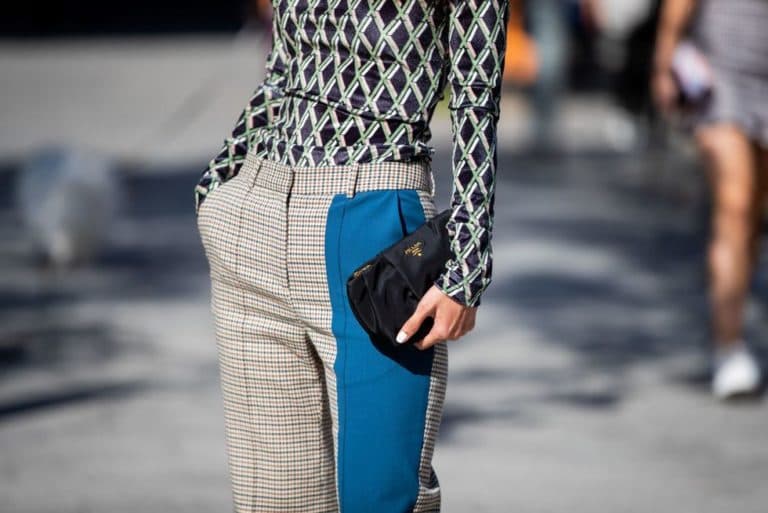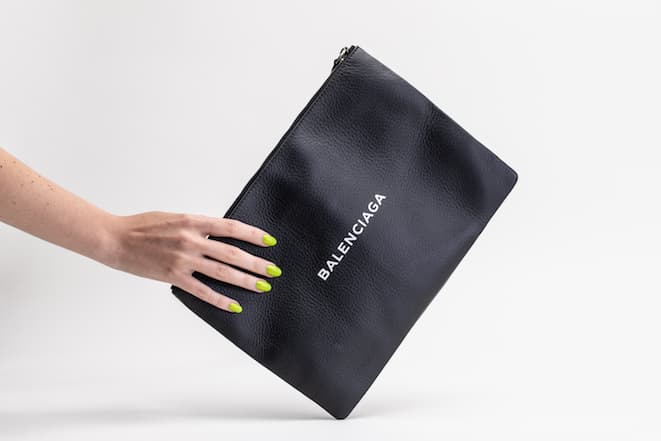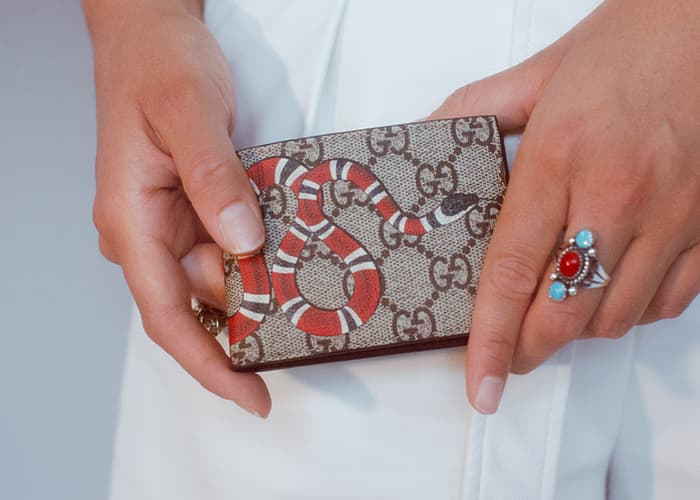 There’s buying a bag, and then there’s buying an Hermes bag, the world’s most coveted accessory that is so much more than just a purchase, but an experience drenched in the kind of old world refinement and luxury almost impossible to find today.
There’s buying a bag, and then there’s buying an Hermes bag, the world’s most coveted accessory that is so much more than just a purchase, but an experience drenched in the kind of old world refinement and luxury almost impossible to find today.
Made to last with fine leather, expert stitching and fabric an Hermes is a gateway to an exclusive club of wealth, status and power, neatly packaged in a hard to miss iconic orange box with brown trim. The Hermes bag has become such a bastion of grandeur that the wife of house of Gucci owner Francois Pinault carried the famed Birkin bag to Paris fashion show, instead of a Gucci.
Subject to lengthy waits (see: Samantha Jones/Lucy Liu Debacle, Sex and the City, Season 4, Episode 11) and years of slow and steady relationship building with Hermes sales associates in order to even gain access to buying privileges, acquiring a Birkin or Kelly is a time-consuming feat in focus, fashion prowess and patience.
It’s also called the Rolls Royce of the handbag world, because the cost of an Hermes ironically rival the price of most cars, and sometimes even exceeds the going rate for the average American mortgage. So why are these bags so expensive?
One reason is the expert craftsmanship and attention to fine detail that goes into them. Made by artisans who train for years and have their own, specific tools, the average Birkin takes 48 hours to make in one of the luxury house’s workshops. One artisan works on the bag from start to finish. It’s no wonder that Vanity Fair once dubbed Hermes the company that “speaks with its hands.”
While the debut of the Birkin in 1984 popularized Hermes to the masses, the brand’s history spans back an impressive 180 years, when patriarch Thierry Hermes set up a saddlery shop in Paris, catering to European noblemen who frequented the store.
By 1859, Thierry retired, handing over the reigns to his son, Charles-Emile Hermes. Charles put his own touch into the business, inventing better designed harnesses and expanding the brand, including what is now its flagship store in Paris on 24 rue de Faubourg Saint Honore. Emile-Maurice, Charles-Emile’s son, eventually took over the business. An international jet-setter, Emile supplied Hermes goods to the Czar of Russia and traveled to North America, where he encountered the zipper – a new invention at the time. He brought it back to France, incorporating it into Hermes products.
As transportation methods transitioned from horse drawn carriages to the automobile, Emile switched gears, diversified production and created Hermes luggage of various sizes. Hermes transitioned into handbags when Emile’s super picky wife couldn’t find a handbag she liked in the whole of Paris. In fact, the first bag is said to have been created by Emile himself. It was this same bag that reached popularity in the 50s and was rebranded the Kelly bag after Kelly, now Princess Grace of Monaco carried it to hide her pregnancy from photographers.
But the bag that made Hermes more of a worldwide hit than it already was remained the Birkin. Debuting in 1984, its existence can solely be traced back not just to British actress Jane Birkin, but a serendipitous encounter she had on an airplane.
Birkin’s husband Jacque Doillon had reversed his car over her woven basket bag two days before her Air France flight, causing her to quickly find a replacement when she got on the flight. During the journey, the contents of her bag spilled out in front of her. The midair spillage caused her to strike up a conversation with the man next to her – who was in fact Jean-Louis Dumas-Hermes, Emile’s grandson who at that point had taken over the company. Birkin drew a sketch of her ideal bag on the back of a paper sick bag and Jean-Louis said he’d make it for her. Thus, the Birkin bag was officially born.
The anatomy of a Birkin bag is unique. It comes with an “H” padlock, a knob you can turn that the lock hooks on to, a clochette- a little leather protector for the lock’s key, leather buckle straps that go through metal brackets and four feet at the bottom of the bag that protect the base. The Hermes Birkin comes in sizes ranging from 25 to 50 CM, with the 35 CM probably being the most popular size. It is also made in a wide variety of leather, including Fjord, Epsom, Vache, Box Calf, Swift, Clemence and Togo.
A favorite of Victoria Beckham, Oprah and Kim Kardashian (whose two custom-painted bags from husband Kanye West might be branded blasphemous by Hermes purists), the market value of an Hermes bag isn’t coming down soon. Sales of the brand itself have remained strong and recent studies have shown that Hermes has even outpaced the price of gold, making it a prime investment that rivals the American stock market or buying up real estate. It’s stake in the luxury resale market – built on craftsmanship and heritage – is perhaps best summed up best by a Hong Kong-based investor and Birkin collector who told the New York Times, “Birkins are like currency: You can cash out any time.” Cha-ching, indeed.
Here are the Hermes Birkins now available at StockX:
Birkin 30 in Rouge Clemence
This Birkin 30 has palladium hardware and comes in Clemence, a grainy leather released in the 1980s that’s anti-scratch and absorbs color, like this rich “rouge” better than Togo leather. BID NOW
Birkin Togo 35 Noir
This Birkin 35 in Noir Togo leather is a classic. A lightweight, grainy leather, Togo is made from calfskin and holds its shape very well – one reason why it’s the most popular leather when it comes to Birkin bags. BID NOW
Birkin Togo 35 Gold
This Birkin 35 in Gold Togo leather is complimented by 18k gold hardware. The pebbled finish of Togo leather, which holds its shape overtime is the perfect match for this rich color to shine through. BID NOW


